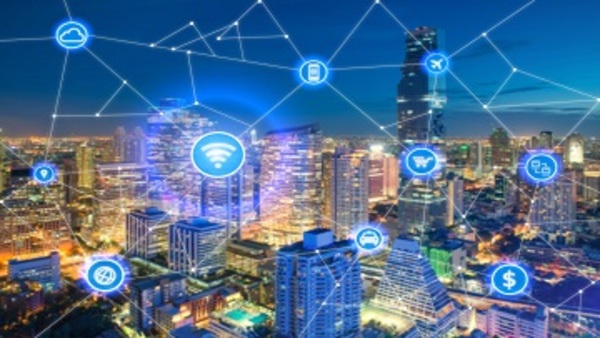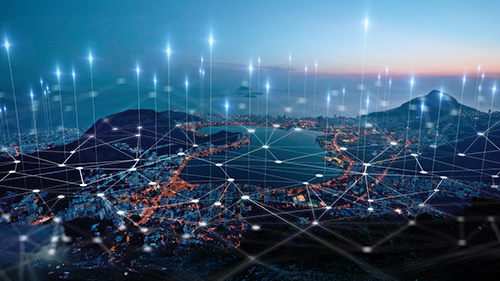
Put another way: there are more than 7 billion people in the world. Each of those people, on average, has five connected devices. There are literally billions of machines around the world to keep those devices running. Quite frankly, those machines need to run 24/7 to keep up with demand. That is the stuff of machine-to-machine dreams.
Clearly, the devices outnumber people. When all of those devices and computers start talking to each other, that creates an extreme amount of stress on any network. In 2018 and beyond, we see this stress getting only more profound. Not only that, but it’s also a growing worldwide market. IDC predicts the market could reach $7 trillion by 2020.
Looking to the immediate future in 2018, we see data centers affected in the following three ways when it comes to machine-to-machine communication:
Laying the foundation for 5G: Yes, that happens in data centers, too. All of the devices that need to communicate to each other and humans will drive a massive amount of fiber, especially as we look to 5G coming to market in the next five to 10 years. There is much to be done behind the scenes even before that happens. Wireless networks need a lot of “wired” assets to effectively deliver fiber backhaul to the core and edge. Densification of cell sites (small cells, for example) is also required to enable 5G. Additionally, we’ll see several types of powering solutions come to the market, allowing operators to power up many devices at the edge of the network in a cost-efficient way.
Low latency: Machines can process information nearly as fast as they receive it. Humans can’t. In the data center in particular, decisions are made instantaneously, and there needs to be a strong network backbone to support. It’s a change from data centers past that simply acted as storage for data. Now they are computing, analyzing and processing information, and they need to do it in real time. IDC sees the “modernization” of data centers as one of its top predictions of 2018, making “heavy use of predictive analytics to increase accuracy and reduce downtime.”
Higher density and speed: Deploying copious amounts of fiber is a best-case solution. But it’s not always feasible. The most efficient scenario is to deploy high density fiber from the get-go to allow machine-to-machine conversations to happen fast. A modular, high-speed platform that can support multiple generations of equipment is the best option.
It’s a machine learning example used repeatedly…but it’s a good one. Self-driving cars are becoming a reality with the pilot project in Pittsburgh. Backed by a strong network and an array of sensors, the cars ideally process data much quicker than any human could.
However, machines - no matter how sophisticated - are only as good as their algorithms and programming. They are vulnerable to manipulation (hacking) by humans or perhaps even other machines. In fact, Gartner predicts that by 2022, most people in mature economies will consume more false information than true information. It even goes as far to say that false information will “fuel a major financial fraud.” With more devices than people in the world, it’s fair to say that we become more vulnerable to hackers and data thieves. There are certainly data privacy concerns. There’s a school of thought that believes machines will take over jobs that humans could at one time only do. However, the same Gartner report suggests that machine learning will create 2.3 million jobs by 2020 while eliminating only 1.8 million jobs. There are still plenty of jobs for us humans, though they may certainly be different than what we are doing today.
And there will also be problems. The world will not run on robots alone anytime soon. Machine-to-machine technology requires a change in mindset, giving up control. There will be problems, and it certainly won’t be perfect. But it’s a huge step forward in this “fourth industrial revolution.” It’s a great time to be part of this ever-growing industry, and CommScope is ready for 2018 and beyond.







